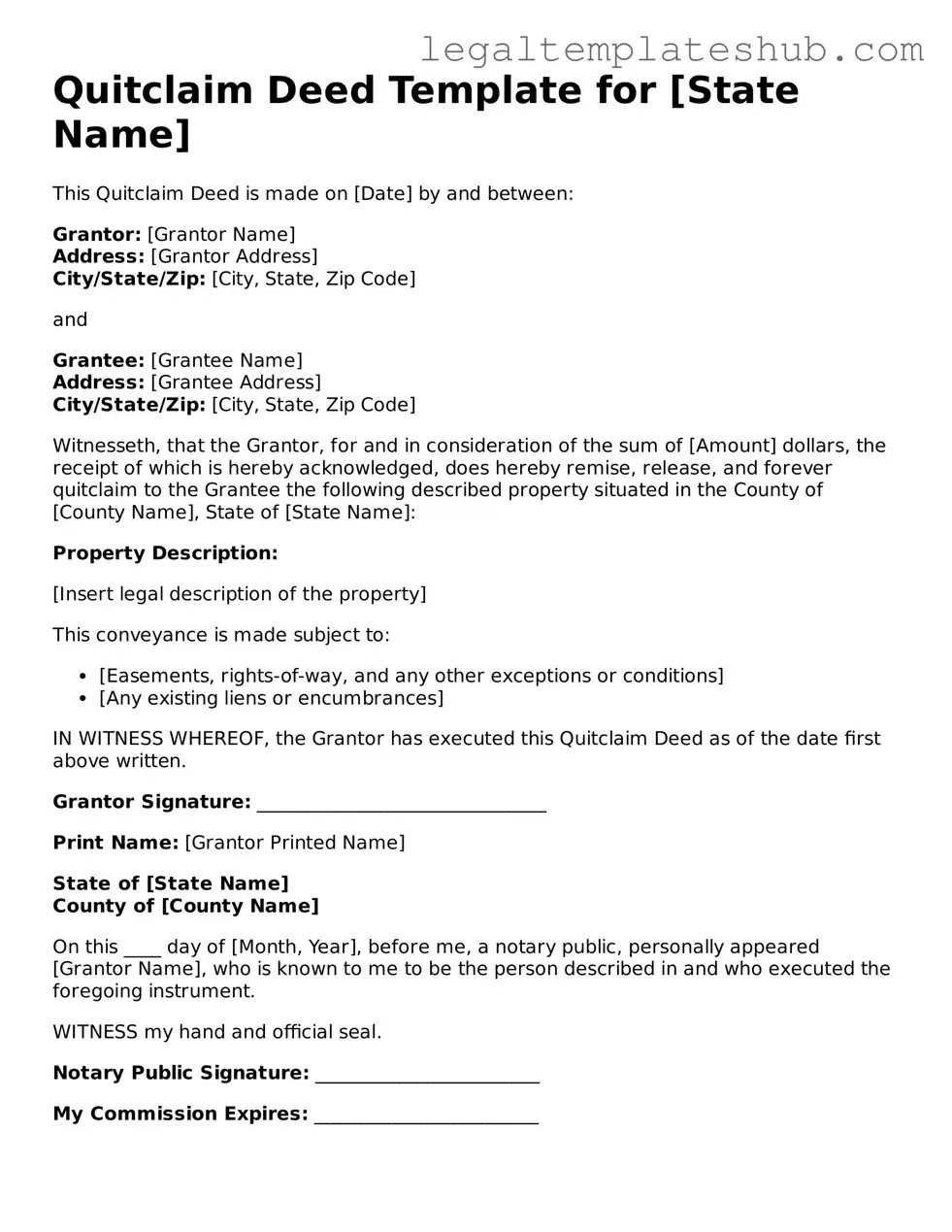Correction Deed Form California
- A Corrective Deed is typically filed with the county clerk or recorder’s office where the property is located.
Title Companies and Transfer on Death Deeds
- Transfer-on-Death Deeds offer owners a way to handle their real estate without relying solely on a will.
The Ohio Payoff Form is an essential document for those seeking to manage debts owed to the State of Ohio, especially useful for realtors and title companies needing to obtain critical payoff information. By incorporating consent from the necessary parties, the form facilitates the efficient release of information about certified debts and liens, ultimately supporting smoother property transactions. For further details on how to access this form, you can refer to the Ohio Payoff form, which provides the necessary guidelines for its use.
Ladybird Deed Michigan Form
- This form is a practical tool for individuals looking to pass on significant assets without complications.
